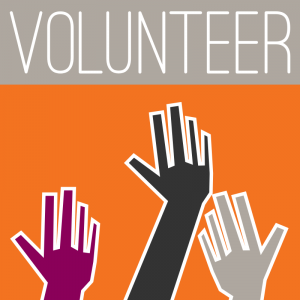Charles Blow recently devoted his Times column to relaying the news that his son, a junior at Yale, was racially profiled and detained at gunpoint by campus police. Blow mentions that he was glad he had had “the talk” with his son—how to deal with police as a black man:
This is the scenario I have always dreaded: my son at the wrong end of a gun barrel, face down on the concrete. I had always dreaded the moment that we would share stories about encounters with the police in which our lives hung in the balance, intergenerational stories of joining the inglorious “club.”
When that moment came, I was exceedingly happy I had talked to him about how to conduct himself if a situation like this ever occurred. Yet I was brewing with sadness and anger that he had to use that advice.
Blow is not the only parent to impart such advice—recall New York Mayor Bill de Blasio’s controversial comment about advising his biracial son in dealings with police. Poor, middle-class, and even rich and well-known* parents of children of color advise their children on how to stay safe—to thrive, they must survive.
Scholars call how parents talk to their children about racial discrimination and how to cope with it “preparation for bias,” and it is just one practice among several that comprise ethnic-racial socialization.
- Diane Hughes et al. 2006. “Parents’ Ethnic-Racial Socialization Practices: A Review of Research and Directions for Future Study.” Developmental Psychology 42(5).
Sociologist Patricia Hill Collins powerfully conveys how this work is done by black women sharing child-rearing responsibilities within woman-centered networks.
- Patricia Hill Collins. 1999. “Black Women and Motherhood.” In Black Feminist Thought: Knowledge, Consciousness, and the Politics of Empowerment. 2nd edition. New York: Routledge.
And these lessons seem necessary: Black adolescent males report repeated negative interactions with police and black mothers report constant worry about the well-being of their sons, who they believe are profiled and targeted by both police and other citizens.
- Cady Berkel et al. 2008. “It Takes a Village: Protecting Rural African American Youth in the Context of Racism.” Journal of Youth and Adolescence 38(2).
Parents emphasize racial barriers and protocol to prepare their children for racism, often using role-playing to demonstrate how to reduce risk in reacting (or not reacting) to discrimination.
- Stephanie I. Coard et al. 2004. “Towards Culturally Relevant Preventive Interventions: The Consideration of Racial Socialization in Parent Training with African American Families.” Journal of Child and Family Studies 13(3).
*For his part, Blow’s son acknowledged his own class privilege in having his experience so widely publicized, a statement his father shared on Twitter.

